As Chhatrapati Shivaji Maharaj Vastu Sangrahalaya inches towards its centenary, mid-day is invited for an exclusive walkthrough post restoration to give our readers a glimpse of what one of the city’s grandest museums has in store
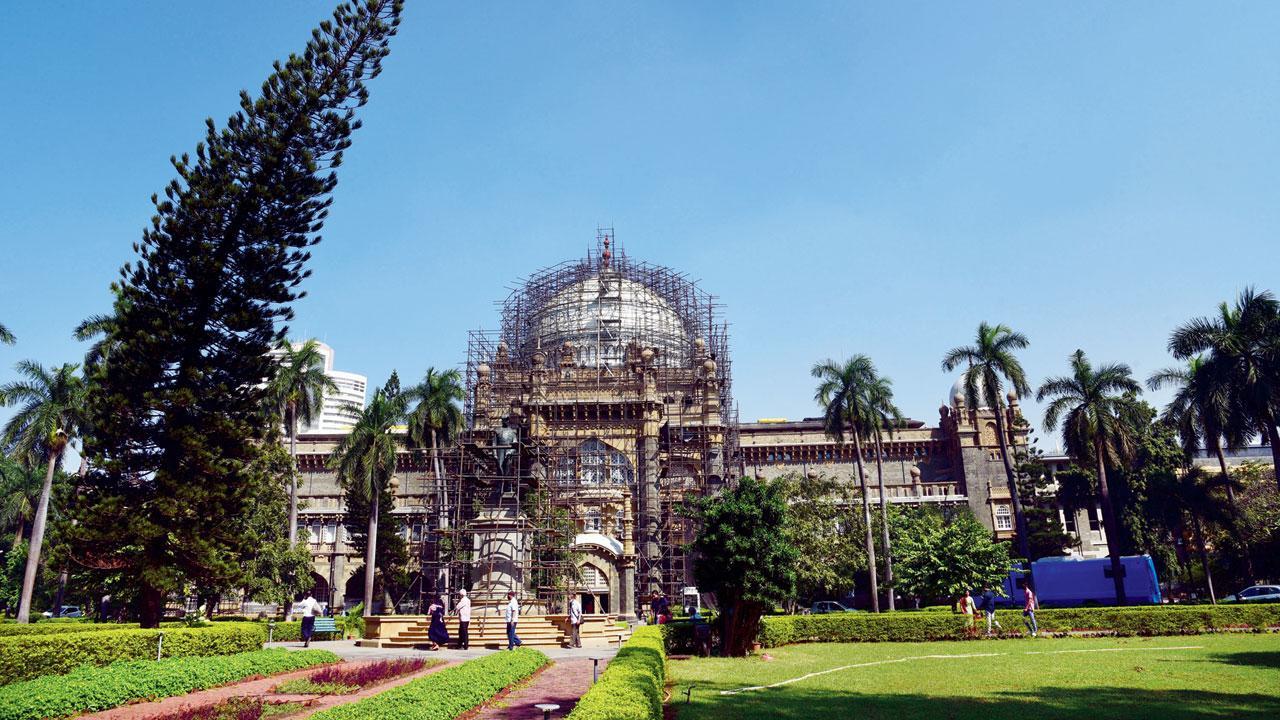
Long shot of CSMVS. India’s largest dome, Gol Gumbaz, influenced Wittet’s plan. Mosaic tiles were used on its façade in the early 1970s after lightning struck it. China mosaic as a waterproofing method was an improved detail. PICS/PRADEEP DHIVAR
What structure in Mumbai is inspired by the Vimala Vasahi temple in Mount Abu, Gol Gumbaz in Bijapur, Taj Mahal in Agra and the wadas of Nashik? It is the Prince of Wales Museum (today’s Chhatrapati Shivaji Maharaj Sangrahalaya) designed by Scottish architect George Wittet, whose understanding of Indo Saracenic architecture principles led to regional influences finding their way into the plan of this building commissioned by the Bombay Government. This was over hundred years ago.
ADVERTISEMENT
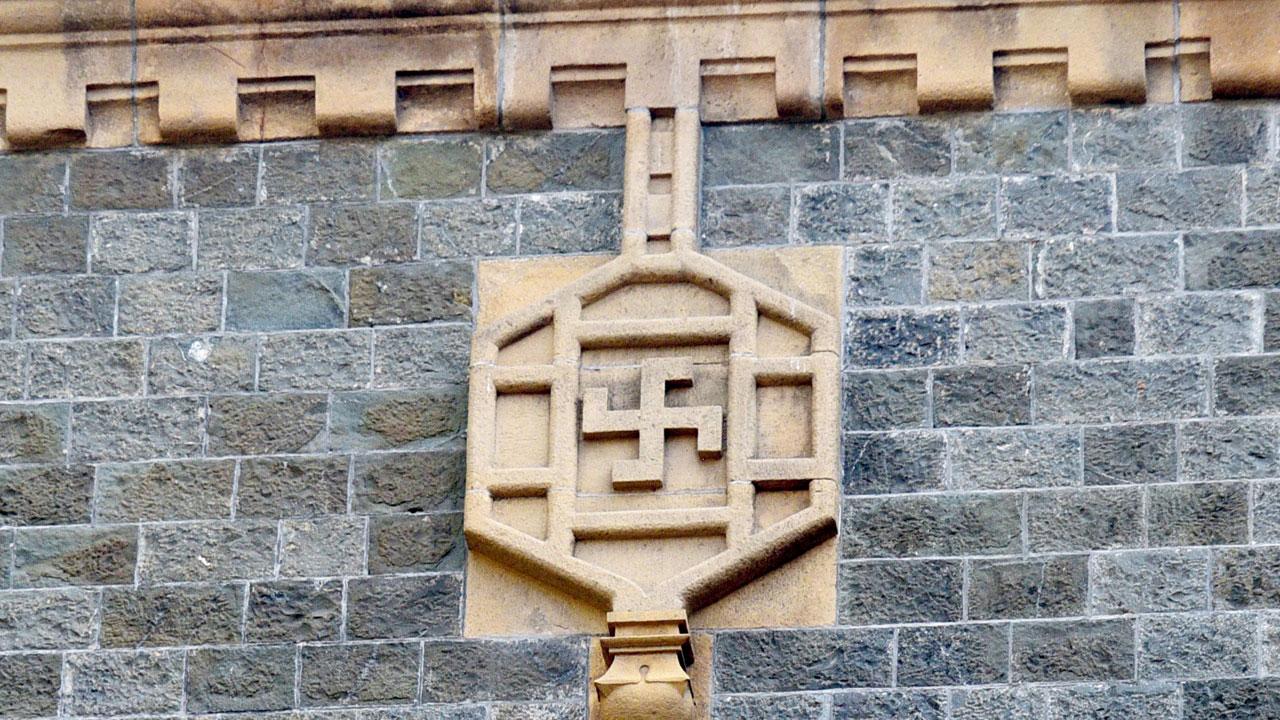
Motifs like the swastika (reverse and straight) and trident (trishul) created by craftsmen on the back façade, enhance the Indo Saracenic influence
As the institution inches towards its centenary celebrations, a conservation restoration of the structure has wrapped up. When we meet Sabyasachi Mukherjee, CSMVS’s Director General on the museum lawns, the scaffolding on the central dome is in place. “Credit must be given to Wittet whose deliberate attempt to introduce elements of Hindu, Jain, Islamic and Western influences make this structure what it is,” he says. The restoration plan kicked off in 2019 by UNESCO award-winning conservation architect Vikas Dilawari and team and was executed with a Rs 25 crore sponsorship from Tata Consultancy Services. “Rs 21 crore is for the building conservation, and the rest covers the digitisation of 70,000-plus collection of objects, and a book about this collection that I am co-writing with architect Rahul Mehrotra and Manisha Nene, Director, Galleries and General Administration, CSMVS,” he adds. Dilawari says that a fabric status report revealed that a cohesive interior refurbishment was never done, “so we took advantage and aimed to respect these creations, including its colour scheme and details”.
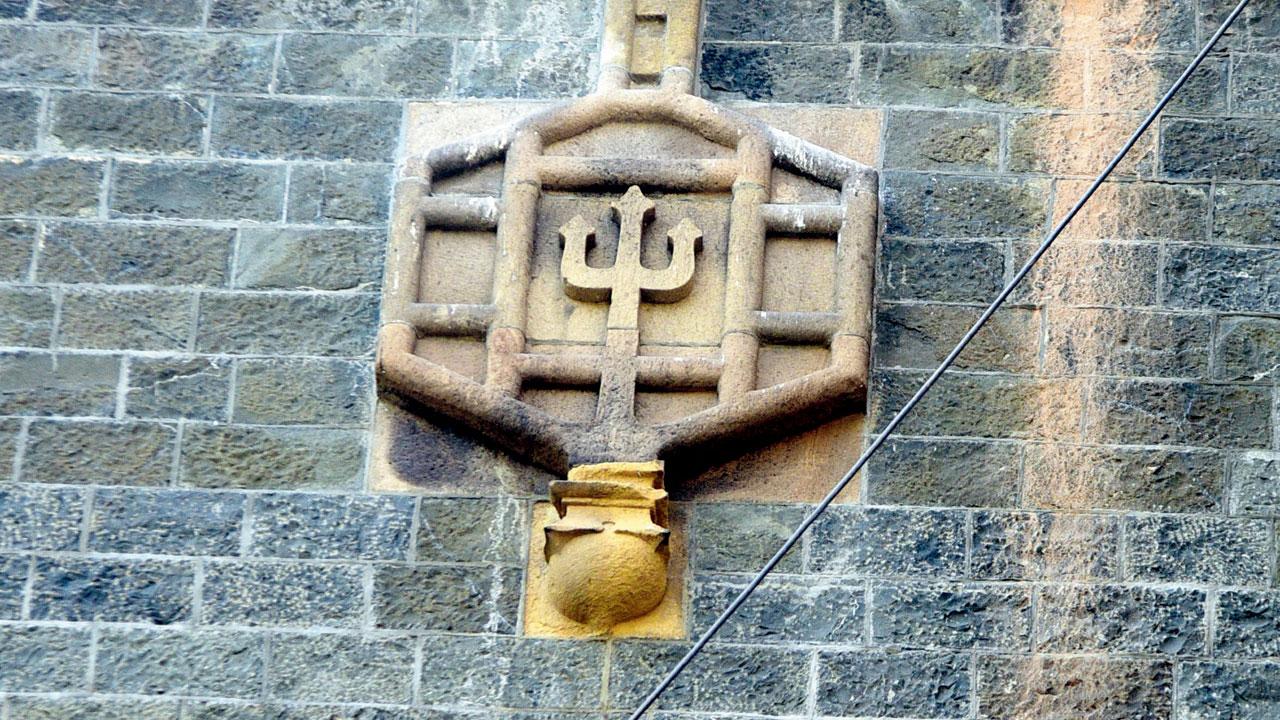
We tread carefully over two floors with Dilawari’s team and Joyoti Roy, head of strategy and marketing, CSMVS, to navigate a spiral iron staircase until we reach the terrace to come face to face with the piece de resistance—the grand dome. This was Dilawari’s biggest challenge. The 180-degree panorama from the roof offers never-seen-before views of Elphinstone College, Rajabai Tower and the Maharashtra State Police Headquarters. But it’s the dome that takes our breath away. “There was an uncertainty about its structural health since it was a century-old concrete dome. M/s Sterling Engineering Consultancy Services Pvt Ltd were appointed as structural consultants for the audit. When we referenced archival images, we learnt that the dome was made of steel sections i.e. ribs [similar to the General Post Office dome]. These were strengthened in the late 1960s and early 1970s by engineer JG Bodhe; this intervention was found to be in good condition, which reassured us.” When the scaffolding was finally constructed around the dome, its grand scale was palpable. “The dome’s top to bottom measure is the scale of an eight-storeyed building!” Dilawari exclaims.
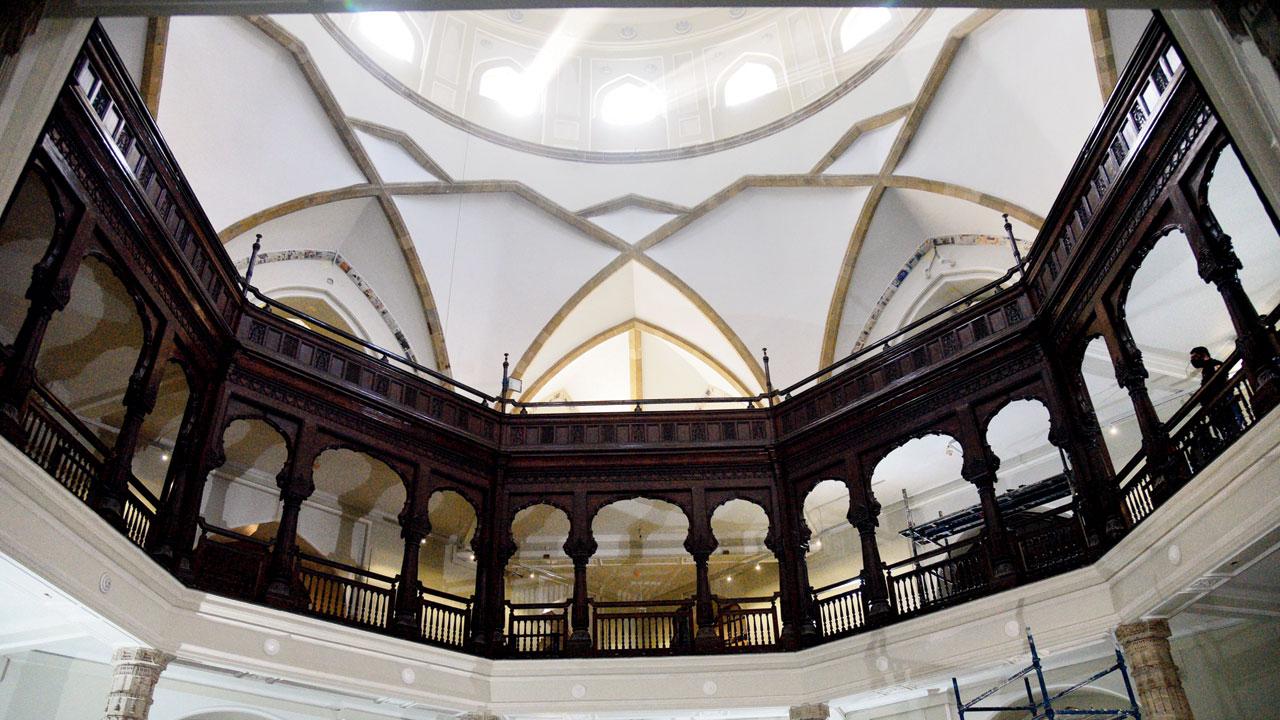
Natural light from the central dome dresses the interiors of the museum. Wittet integrated the original wooden arched pavilion brought from a royal wada in Nashik, as a circular railing on the first floor
Their priorities: to match the colour scheme of the dome to complement its Indo Saracenic character, and to light it up appropriately. Lighting consultant Suresh Koke ensured no shadows were created. While natural light, thanks to the central dome, is the showstopper, artificial lighting has been used to enhance Wittet’s vision on the main stairs. At the museum office, Mukherjee dips into his notes for the upcoming book to share some anecdotes. Previous proposals [for a museum] were rejected by the Bombay Government but finally, in May 1904, a resolution was passed at the Town Hall by prominent citizens to erect a museum to honour the visit of the Prince of Wales. “While the Bombay Presidency and Bombay Municipal Corporation donated Rs 3 lakh and Rs 2.5 lakh, respectively, the rest was raised by public donations. Some of the chief benefactors were Sir Ibrahim Rahimtoola, former city mayor, Sir Cowasji Jehangir, philanthropist and industrialist, and the Nawab of Junagadh,” Mukherjee shares, reiterating that the museum was a true example of community participation.
300-seater underground audi to come up around museum
With fresh itineraries and new galleries, including an ambitious intervention to create a cultural complex on the existing site, 2022 will flag off exciting times ahead
The first exhibition in 2022 that visitors can look forward to is a tribute to the Tanjore (Thanjavur) school of paintings. This collection was a gift to CSMVS from the late Kuldip Singh, veteran town planner and architect. He donated 350 paintings, of which 60 will be on display when the exhibition opens on January 11.
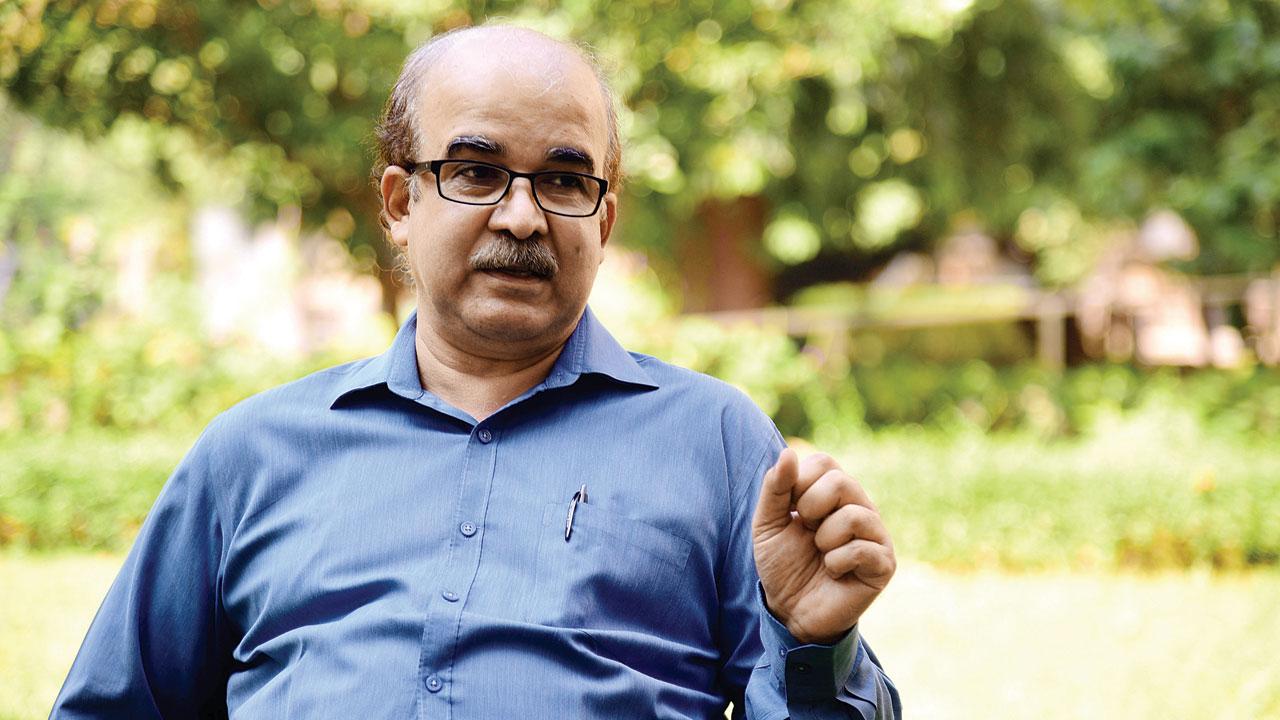
Sabyasachi Mukherjee
Sabyasachi Mukherjee is particularly excited about a collaboration between the British, Berlin and Mexico Museums, where 12 masterpieces from these three institutions will be showcased at a special show, backed by the Getty Foundation. In November 2023, the Ancient World Gallery will open to the public, again, with support of the Foundation. Mukherjee says it will be the first such gallery in India, and showcase the Indian connection with the rest of the world since ancient times.
Two more galleries to watch out for are the Bombay Gallery, which will be a tribute to the city, and the Sacred Art Gallery, which is be a celebration of artworks sourced from all the world’s religions.
He also speaks of plans to build a cultural complex on the site. It will include a 300-seater underground auditorium and a 1,600 sq ft modern and contemporary art gallery designed by architect Rahul Mehrotra. “We will have evening itineraries held here so that more Mumbaikars can attend. CSMVS should become a community and culture hub for all ages and interests.”
 Subscribe today by clicking the link and stay updated with the latest news!" Click here!
Subscribe today by clicking the link and stay updated with the latest news!" Click here!







